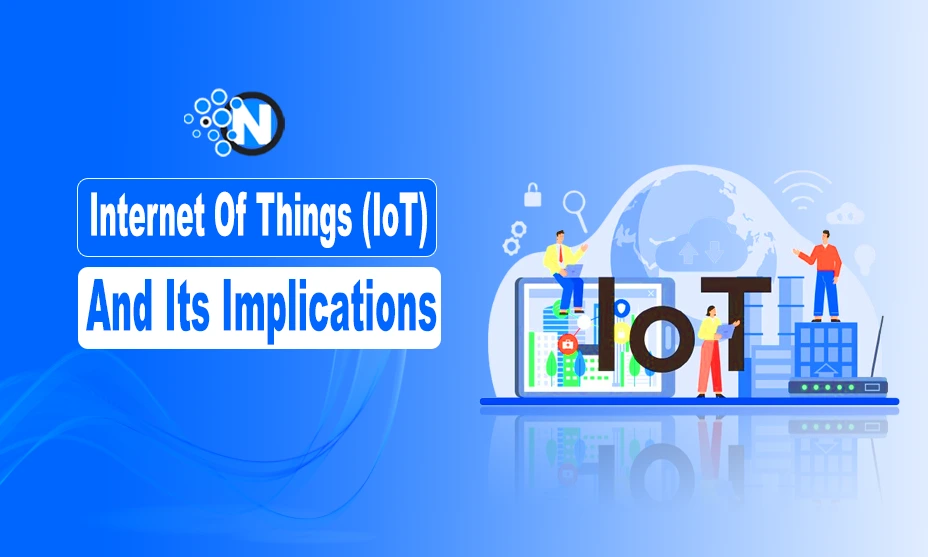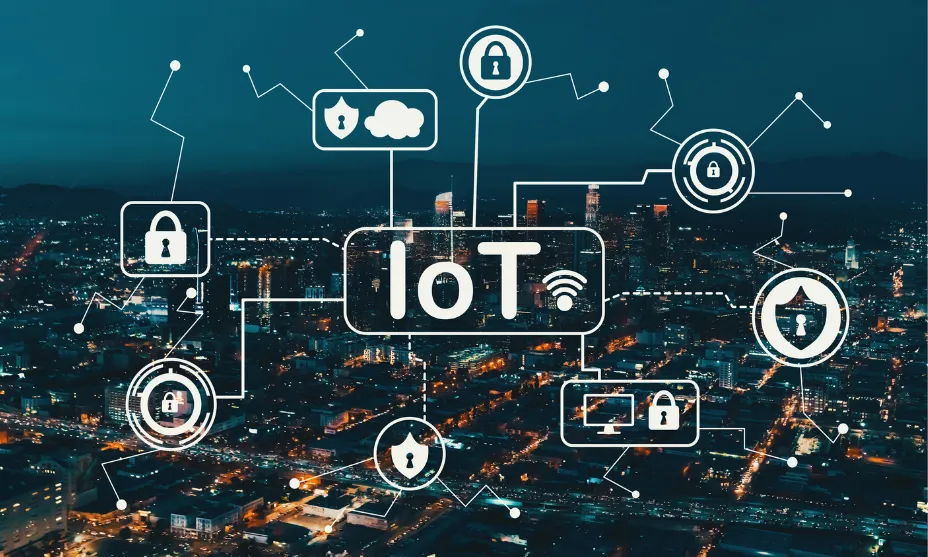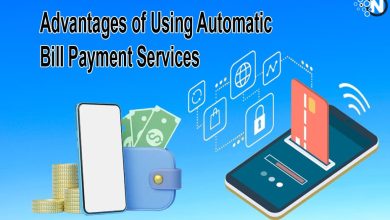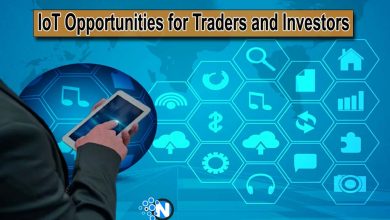The Internet of Things (IoT) and Its Implications for the Future

The Internet of Things (IoT) is the interconnection of devices and objects through the Internet, allowing for the exchange of data and information. This technology has grown rapidly in popularity in recent years, and its implications for the future are profound.
The Internet of Things (IoT) is becoming an increasingly common technology in our everyday lives. From our homes to our workplaces and beyond, Internet of Things solutions are transforming how we live, work, and interact with the world around us.
As mentioned on ExplodingTopics, there are over 18.8 billion connected IoT devices around the globe and the numbers are expected to reach 25.44 billion by 2030.
In this blog post, I will explain the Internet of Things, how it works, and its potential impact on society.
Let’s start with the Internet of Things definition!
What is the Internet of Things (IoT)?
The Internet of Things is a network of physical devices, vehicles, and other objects embedded with sensors, software, and network connectivity. These devices can interact with each other and with their environment, collecting and exchanging data in real-time.
The IoT technology contains a range of components, including sensors, processors, connectivity modules, and data analytics software.

How Does the Internet of Things (IoT)Work?
The Internet of Things technology operates by enabling devices to communicate with one another through the Internet. This is comes through the use of various technologies such as Bluetooth, Wi-Fi, and cellular networks.
A central hub or gateway connects IoT devices to the internet. The hub can be connected to a cloud-based platform, which stores and analyzes data collected by the devices.
IoT sensors monitor temperature, humidity, and light changes. These sensors can also detect motion, vibrations, and other physical phenomena. The hub or gateway transfers sensor data to the cloud-based platform for storage and analysis.
The Potential Impact of the Internet of Things on Society
Social impact and future uses of the Internet of Things are huge. Here are just a few of how the IoT could impact our lives in the years to come:
Improved Healthcare
The Internet of Things can collect and analyze massive volumes of patient monitor and medical device data, revolutionizing healthcare. This data can help clinicians make better judgments by finding patterns and trends to improve patient outcomes.
For example, IoT-enabled wearable devices can monitor a patient’s vital signs and alert healthcare professionals if there are any concerns.
Smart Homes and Cities
The Internet of Things can also be used to create smart homes and cities, where devices are connected to one another to create a more efficient and sustainable environment.
For example, IoT-enabled smart thermostats can learn a household’s temperature preferences and adjust the temperature accordingly, saving energy and money.
Internet of Things (IoT) sensors can track air quality, traffic patterns, and other environmental variables in smart cities. Making the city more sustainable and habitable is possible with the help of this data by optimizing traffic patterns and reducing pollutants.
Improved Business Operations
The Internet of Things can improve corporate operations by giving real-time inventory, equipment, and other data. This data can be used to optimize production processes, reduce downtime, and improve overall efficiency.
IoT devices can help businesses automate processes and operations to save time and money and boost efficiency.
New Business Opportunities
The IoT is also expected to create new business opportunities in various industries. As more and more things and systems become internet-connected, businesses that create and oversee IoT solutions will experience a surge in demand.
For example, companies that specialize in IoT platform development, data analytics, and cybersecurity are expected to see significant growth in the coming years. New business models are also using subscription-based services to sell IoT-enabled products and services.
Increased Safety and Security
The Internet of Things can also improve safety and security in various settings. For example, IoT-enabled security cameras can monitor public spaces and alert authorities if suspicious activity occurs. In industrial settings, IoT-enabled sensors can detect potential hazards and alert workers before an accident occurs.
Improved Quality of Life
The IoT has the potential to significantly improve the quality of life for individuals around the world. By connecting devices and systems, the IoT can enable more personalized and convenient experiences in a wide range of areas, from healthcare to transportation to entertainment.
Advanced IoT-enabled wearable gadgets can monitor vital signs and deliver real-time feedback to assist people manage their health. IoT-enabled devices can optimize traffic patterns and reduce congestion, making commuting easier.
Societal and Ethical Considerations
The IoT also raises a range of societal and ethical considerations, particularly around privacy, data ownership, and the impact on employment and the workforce.
As more jobs become automated using IoT-enabled technologies, there is a risk of job displacement and unemployment in certain industries. Healthcare treatment plans and criminal justice punishments may be based on IoT data.
Environmental Monitoring and Conservation
Finally, the Internet of Things can be used to monitor and conserve the environment by collecting data on factors such as air and water quality, climate patterns, and wildlife populations. You can utilize this data to create conservation policies and methods that work better.
Final Words
IoT devices and objects can exchange data and information in real time, improving healthcare, smart homes and cities, business operations, safety and security, and environmental monitoring and conservation.
As the IoT grows, data privacy and security must be addressed and its benefits made available to all. The Internet of Things can make the world more connected, efficient, and sustainable for future generations with proper design and implementation.




